
A Short History of Evil (REL S-581)
Instructor: Dr. Drew Thomases
This course explores “evil,” both its meaning, and how the language of evil has been used by diverse religious communities. We will address a wide range of subject matter, including but not limited to portrayals of Satan and hell, conceptions of vampires and demons in poetry and pop culture, literature on the Holocaust, and contemporary conversations about war, terrorism, and torture. Ultimately, the goal is not simply to identify instances of evil, but instead to see how different people use the word and concept of “evil” in order to articulate complex feelings of loss, fear, and alienation. What, according to different peoples and different religious traditions, really counts as “evil”? Why call a thing, person, or event “evil” when you could choose a different word? The course combines scholarly material with literature, art, and film, the idea being that all types of media inform the way we perceive and understand evil in our world.
In the fall of 2016, the final project for this course was not a final exam or a final essay, but a podcast. Podcasts are digital audio files that, through incorporating narration or music or interviews (or all of the above), tell a story. The stories that students chose to tell were remarkably different, the only requirement being that every podcast both engaged with the very broad concept of "evil," and presented the topic in a way that was creative and thought-provoking.
Listen to the podcasts below, and stay tuned for when this class will be taught again!
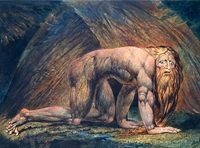
Diabolus in Musica
By Chris Conner
This podcast uses historical context and musical examples to examine the current
status of the tritone. I examine how the interpretations of music and symbolic meaning
change over time, specifically in the case of the tritone and its relationship to
the idea of evil.
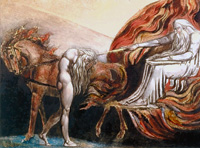
Cowboy Hell?
By Dee Reed
The purpose of this podcast is to identify the concepts of evil specific to the western/cowboy
set, and to contrast those found perceptions, feelings, and fears with similar but
more general thoughts on the topic of evil. More specifically, the podcast deconstructs
the lyrics of a legendary Country-Western song that describes a cowboy’s interaction
with an evil-inspired scenario. The encounter ultimately warns of the consequences
of a cowboy hell.
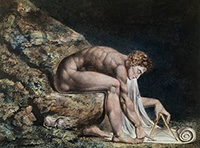
The Evil Other
By Coleen Geraghty
"Othering" is the process or technique of characterizing a person as different—or
wholly “Other”—in order to dominate that person. This is the subject of the following
podcast. We begin with the man who first wrote about “Othering,” and end with thoughts
about how such a technique is used in the United States today.

Dungeons & Dragons, and the Devil
By Brian Mallard
This podcast is essentially an examination of the historical and religious inspirations
for one of the most powerful examples of evil in the popular roleplaying game Dungeons
and Dragons: Asmodeus. Asmodeus has been altered dramatically from his original depictions
to a form in the game wherein he basically amounts to Hollywood’s ideal of the devil.
This means that D&D has possibly opened themselves up to criticism about devil normalization,
which we explore in the conclusion of the podcast.
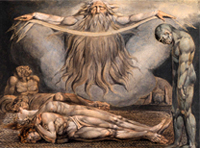
Evil Othering in the AIDS Crisis
By Mathew Wros
The AIDS virus is a deadly epidemic, killing thousands of people each year. When
it first appeared, anti-LGBT bias prevented the government from taking action to stop
it before it spread too far. Here, I look into why Reagan did not react immediately,
focusing on the rhetoric used by the right against LGBT groups and its very deadly
effect on the community.
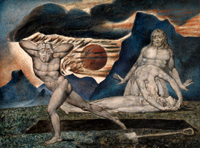
Doctor Doom: The Construction and Nature of Evil
By Jamey Keeton
This podcast offers a brief background on Doctor Doom and his appearance in Doomwar.
Through this lens, I explore the construction of evil in contemporary pop-culture,
and how American comic-books engage with notions of evil through the archetype of
the supervillain.
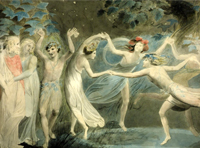
This is Halloween!
By Austin Maass
This is a podcast discussing the origins of Halloween. I discuss the origins of the
holiday and the traditions of the pagans who originally practiced it.
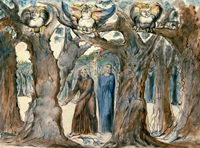
The Story of Lilith
By Leah Gregory
This podcast offers an exploration of the “evil” depiction of women, exemplified
by the extra-canonical character, Lilith, from the Biblical story of creation in Genesis.
This research is set against the backdrop of “anonymous” male commentary from public
online video sources, offering listeners a small glimpse at the continued social relevance
of the Lilith narrative.
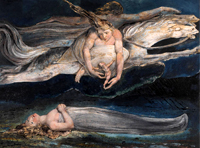
An Interview on the Topic of Magic
By Samantha Young
When talking about magic a number of things come to mind. Movies like The Craft and
Harry Potter have made magic a mainstream fantasy, but there is also historical evidence
for the practice of magic. The most popular examples of this are the Salem Witch trials
or witch-hunts in Medieval Europe, but few know about magical practices in the ancient
world. Here, I interview Dr. Elizabeth Pollard, an expert on witchcraft in the Roman
Empire.
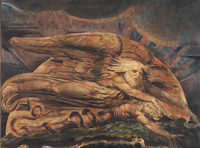
The “Real” Vampires of Eighteenth Century Serbia
By Thomas Murphy
For eighteenth century Serbians, vampires were considered a very real “evil,” responsible
for countless deaths and curses. Today we view vampires as mythological creatures,
and often portray them in fiction and pop culture as complex or even sympathetic characters.
Is “evil” universal? Can our world always be broken into clear-cut “good”/“evil” sides?
The eighteenth century case studies of Petar Blagojevich and Arnold Paole show how
the definition of “evil” can often be heavily dependent upon our era, region, knowledge,
and culture.
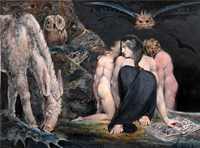
Magical Language and the Manufacturing of Evil
By Brian Walnum
Working from the premise that language is magic, this podcast investigates the question:
Does the evil other truly exist, or is it created by social engineers via propaganda
to control the masses?
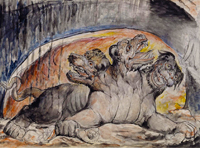
Buddhist Hell
By Sarah Kemp
This podcast looks to Naraka, the Buddhist Hell realm. We will be discussing the
history of Naraka, the type of actions—evil or banal—that cause a person to be sent
to this realm, the numerous levels of Buddhist hell, and one monks’ version of a hell
house.

Demons in Clive Barker’s Hellraiser
By Wade Templeton
The concept of demons has been shrouded in mystery for centuries. In this podcast,
I explore the concept of demons through the lens of Clive Barker’s Hellraiser movie series, focusing specifically on the figure of Pinhead.
Paintings by William Blake (1757–1827)